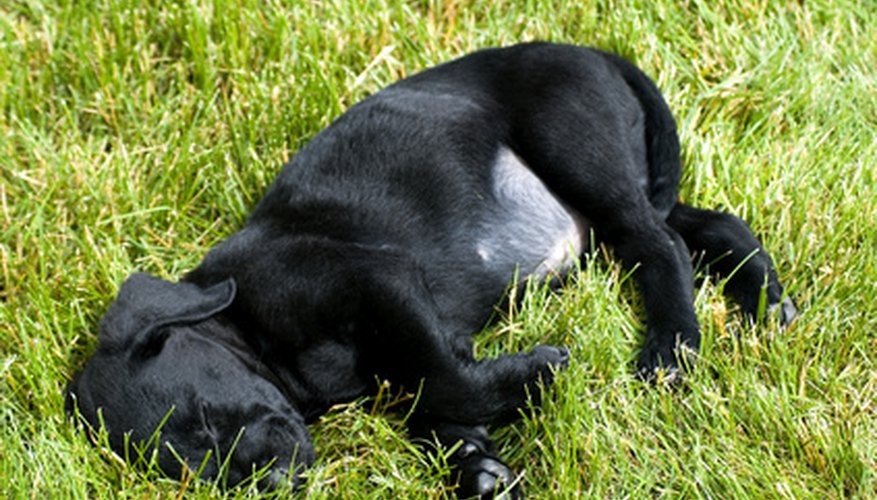Restless leg syndrome (RLS), though often associated with middle-age adults, may be present in dogs old and young. This disorder is accompanied by unpleasant feelings in the legs, causing an urge to move around.
Causes
RLS often occurs in older dogs which tend to experience various aches and pains. It can also be the result of obesity which causes dogs to move around less due to the pressure on the joints. Canine RLS may also result if a dog moved around more or less that given day or if it was colder or hotter than usual. It is worth observing the trend of each case of canine RLS to see what factors cause it.
- RLS often occurs in older dogs which tend to experience various aches and pains.
- It can also be the result of obesity which causes dogs to move around less due to the pressure on the joints.
Symptoms
A dog with RLS will twitch a lot especially while sleeping at night or during the day. The dog will seem uncomfortable and seem as if the legs need to be moved around. Canine RLS is similar to human RLS when it comes to symptoms. A sensation of bubbling, crawling, tingling or aching is felt in the legs during periods of limited movement such as sleep or rest.
- A dog with RLS will twitch a lot especially while sleeping at night or during the day.
- A sensation of bubbling, crawling, tingling or aching is felt in the legs during periods of limited movement such as sleep or rest.
Treatment
Canine RLS should be discussed with a vet to make sure the diagnosis is correct. There is no treatment for RLS except to make sure the muscles relax. A dog with RLS should rest more and a massage could be helpful on the legs. The vet may prescribe vitamins since RLS may result from iron deficiency or lack of the right nutrients.
- Canine RLS should be discussed with a vet to make sure the diagnosis is correct.
- A dog with RLS should rest more and a massage could be helpful on the legs.
